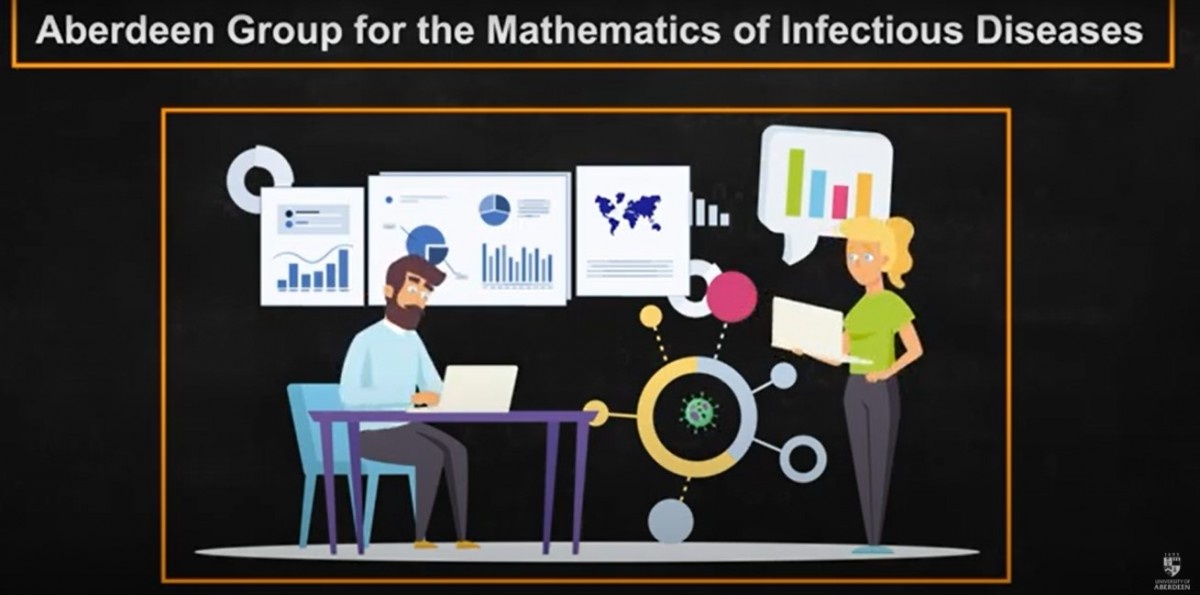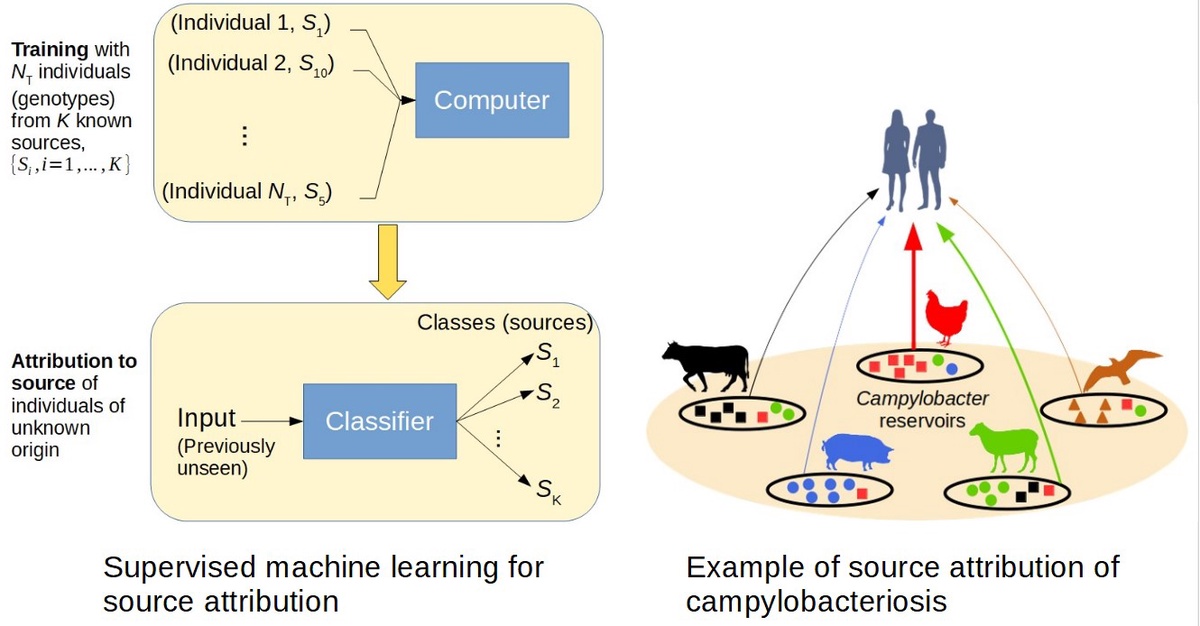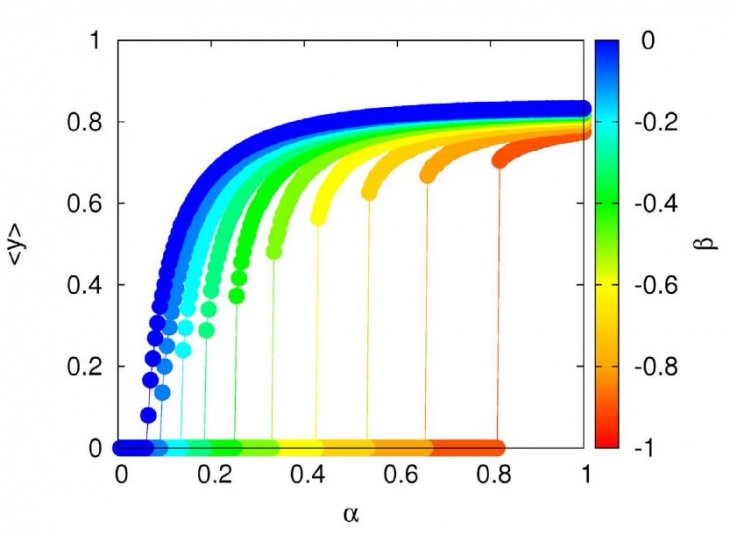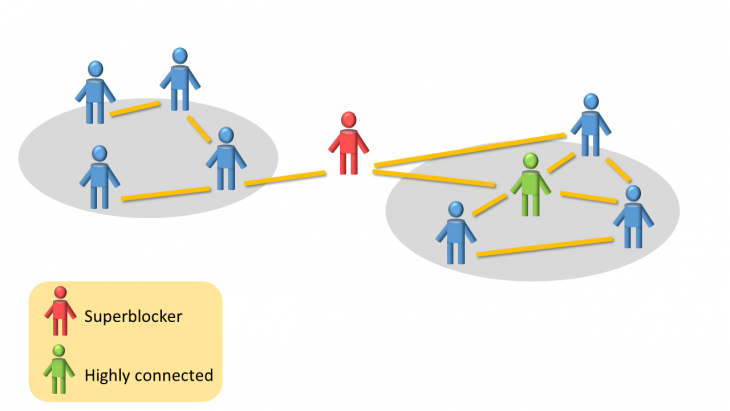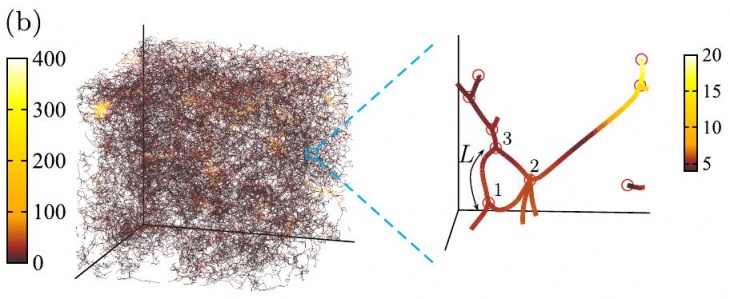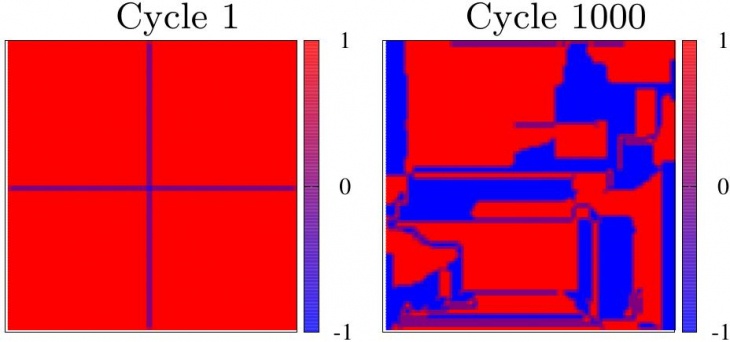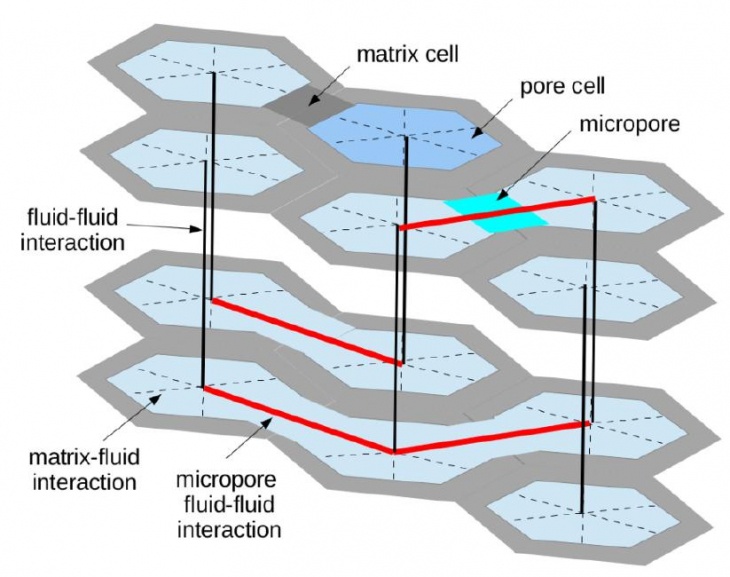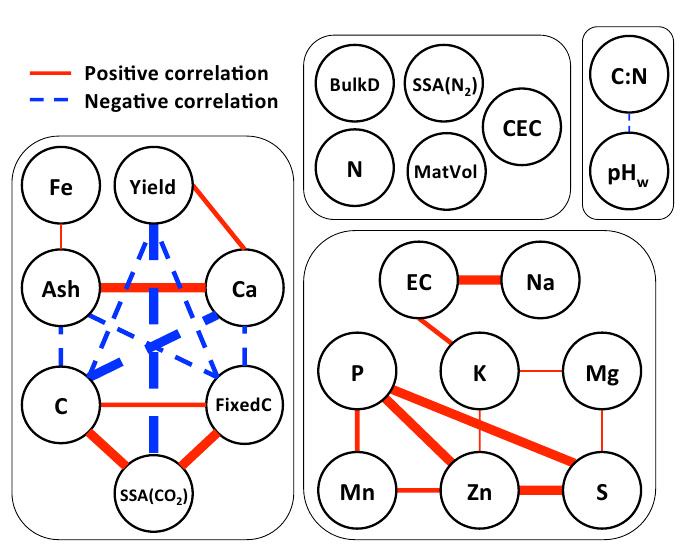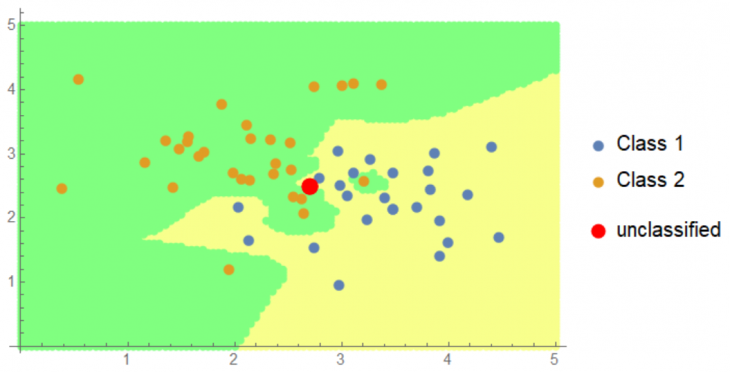
Reader
- About
-
- Email Address
- fperez-reche@abdn.ac.uk
- Telephone Number
- +44 (0)1224 273418
- Office Address
- School/Department
- School of Natural and Computing Sciences
Biography
- Aug 2022 - Present. Reader. University of Aberdeen.
- Oct 2021 - Sep 2022. MRC fellow, seconded to the Department of Twin Research and Genetic Epidemiology, King’s College London, UK (COVID-19 Longitudinal Health and Wellbeing National Core Study).
- Aug 2017 - Jul 2022. Senior Lecturer. University of Aberdeen.
- Sept 2012 - Jul 2017. Lecturer. University of Aberdeen.
- 2011 - Aug 2012. Lecturer. University of Abertay Dundee.
- 2008 - 2010. Research associate. University of Cambridge.
- 2006 - 2008. Marie Curie experienced researcher sharing time between Ecole Polytechnique (Paris) and Università di Padova.
- 2007 - 2008. Postdoctoral Scholar at Université Pierre et Marie Curie.
- 2005. Ph.D. in Physics. Universitat de Barcelona.
Memberships and Affiliations
- Internal Memberships
- External Memberships
-
- Oct 2021 - Present. Visiting Researcher. Department of Twin Research and Genetic Epidemiology, King’s College London.
- May 2022 - Present. External examiner, Department of Physics and Astronomy, Queens Mary University
- Research
-
Research Overview
My research has a marked interdisciplinary character which, broadly speaking, uses mathematical modeling and data science as core disciplines to address questions relevant to a broad range of fields including infectious diseases, social contagion, phase transitions and processes in complex networks and disordered systems.
See information on our Aberdeen Group for the Mathematics of Infectious Diseases (AGMID) by clicking here or watching a summary in this video:
Aberdeen Group for the Mathematics of Infectious Diseases
Research Areas
Accepting PhDs
I am currently accepting PhDs in Maths, Physics.
Please get in touch if you would like to discuss your research ideas further.


Research Specialisms
- Applied Mathematics
- Epidemiology
- Machine Learning
- Physics
- Statistics
Our research specialisms are based on the Higher Education Classification of Subjects (HECoS) which is HESA open data, published under the Creative Commons Attribution 4.0 International licence.
Current Research
Spread and evolution of pathogens
We integrate statistical analysis, mathematical models, genomics and risk assessment to understand the transmission dynamics of bacterial gastrointestinal pathogens such as Campylobacter or Listeria. These pathogens can be found in the environment and are hosted by different types of hosts including humans or animals used for food production (e.g. chickens or salmon).
Work on COVID-19 pandemic
Importance of untested infectious individuals for the suppression of COVID-19 epidemics: We developed compartmental models that incorporate both reported and unreported infectious individuals in the COVID-19 outbreak. These models were used to analyse strategies to suppress the virus in Germany, the Hubei province of China, Italy, Spain and the UK. The research provided evidence to confirm that: (i) more than 50% of infectious individuals were not tested for infection at the early stages of the epidemic, (ii) reducing the underlying transmission of untested cases was crucial to suppress the virus, and (iii) establishing herd immunity was not feasible during the early months of the epidemic. (see a paper in Scientific Reports and early results in medRxiv)
Estimating the number of COVID-19 cases being introduced into UK Higher Education Institutions: We used data on the incidence of COVID-19 from across the world, together with student and staff numbers at UK HEIs in a stochastic mathematical model to predict that 81% of the UK HEIs had more than a 50% chance of having at least one COVID-19 case arriving on campus at the beginning of the 2020-2021 academic year. Predictions for the number of cases expected at each campus were also provided. Based on these estimates, it was suggested that universities had to plan for COVID-19 cases to arrive on campus and facilitate mitigations to reduce the spread of disease particularly during the first two weeks of term. (see paper).
Estimated Dissemination Ratio - a practical alternative to the Reproduction Number for infectious diseases: Policymakers require consistent and accessible tools to monitor the progress of an epidemic and the impact of control measures in real time. One such measure is the Estimated Dissemination Ratio (EDR), a straightforward, easily replicable, and robust measure. It is comparable to the commonly used reproduction number, but simpler to calculate and explain. In collaboration with public health teams in Scotland, we used the EDR to monitor the progression of the COVID-19 outbreak in the UK. The EDR can demonstrate changes in transmission rate before they may be clear from the epidemic curve. Thus, EDR can provide an early warning that an epidemic is resuming growth, allowing earlier intervention. The EDR is comparable to the commonly used reproduction number, but easier to estimate. (see paper)
Press coverage: UoA News, STV, NorthSound 1 Radio, The Times, Daily Mail, The Evening Express, The Hippocratic Post, Express and Star, Yahoo UK, MedicalXpress, Gibraltar Chronicle, ...
Machine learning to attribute individuals to sources
Attributing or assigning individuals to a source population is important within many disciplines including ecology, anthropology, infectious diseases and forensics. A common strategy to attribute individuals to populations consists in comparing the genotype of the individual with the genetic profiles of defined source populations. We use data in which individuals of known source are characterised by genetic markers (genes, SNPs, etc) to train classifiers that can be used for source attribution of individuals whose source is unknown.
We developed a new machine learning method to attribute individuals to sources: The Minimal Multilocus Distance (MMD) method. This method is computationally fast and can operate on many thousands of genomic markers. In addition, the MMD method is generic, easy to implement for Whole genome sequence (WGS) and proteomic data and has wide application.
- Download our open source software as an executable version for Windows or as an R package.
- Learn more: Scientific Reports (2020)
Global spread of pathogens
Escherchia coli (STEC) O157:H7 is a zoonotic pathogen that causes numerous food and waterborne disease outbreaks. This pathogen is globally distributed and we explained its origin and the temporal sequence of its geographical spread. This was done by combining Monte Carlo based Bayesian methods with whole genome sequencing (WGS) and geographical information. We found that this virulent pathogen originated in the Netherlands around 1890 and spread around the world by >30 transmission events likely facilitated by farm cattle movements.
Whole genome sequencing of Listeria
Listeria causes around 2,500 infections and 250 deaths per year in the EU. In a joint project with Statens Serum Institut (SSI), French Agency for Food, Environmental and Occupational Health & Safety (ANSES) and Public Health England (PHE), we used source attribution to identify that the main source of listeriosis was food of bovine origin but there were also contributions from other food animals, including fish.
- Learn more: EFSA report (2017), Microbial Genomics (2019)
Biofilm formation
We are developing mathematical models to understand the biofilm formation of foodborne pathogens.
- Learn more: J. Roy. Soc. Interface (2019)
Past Research
Dynamical processes on complex networks
In the last decades, network science has emerged as a successful field aiming at a systematic understanding of many complex systems. We use network representations of populations of individuals to describe the spread of infection or social phenomena over a wide range of spatial and temporal scales (e.g. from towns and farms to entire countries or the whole world). The main aim is to understand how the mechanisms of transmission of, e.g. infection or ideas, between individuals affect the overall ability of the spreading phenomenon to invade a large portion of the population. This understanding is crucial to optimise the spread of beneficial processes (e.g. good behaviour or news) or prevent spread of damaging processes (e.g. infections or misinformation)
Synergistic transmission and explosive transitions to large social contagion
We developed compartmental epidemic models to account for local synergistic effects observed in several phenomena including fungal invasion or the spread of social content. For instance, these models revealed that synergistic effects associated with acquaintances of pairs of individuals can explain why both interesting and dull social content can become popular overnight, in a more explosive manner than epidemics.
- Learn more from our papers: Phys. Rev. Lett. (2008), Phys. Rev. E (2013), Phys. Rev. E (2015), Sci. Rep. (2016), J. Phys. A (2019)
- Press coverage: UoA News, The Times, The Scotsman, Daily Mail, The Sun, The Herald of Scotland, The Independent Ireland, Phys.org, 20 Minutos, cubadebate, ...
- Related contribution to The Scotsman 200 Voices.
Explosive immunisation to prevent epidemics by vaccinating as few nodes as possible
We extended the explosive percolation paradigm to develop “explosive immunisation”: a new method to inform targeted immunisation that enables the burden of epidemics to be minimised by vaccinating as few people as possible. The method assigns a score to each individual to quantify their contribution to the chance of a large epidemic if they are not immunised. Explosive immunisation targets individuals with a high score, who were called ‘superblockers’. These are typically well-connected individuals who move between different communities and whose immunisation abruptly decreases the possibility of an epidemic.
- Download open source software from GitHub.
- Learn more: Physical Review Letters (2016).
- Press coverage: UoA News, The Times, The National, Phys.org, R&D World, vesti.ru, ...
Soil biological invasion using network representations for the soil pore space
- Learn more: Physical Review Letters.
Modelling avalanches
Systems exhibiting a collective avalanche response when driven externally are ubiquitous. Examples of such phenomena include earthquakes, magnetization reversal, structural phase transitions, deformation of living cells, and collective opinion shifts.
Avalanches in living cells
We are developing models to understand the response of living cells when subject to external mechanical stimuli.
- Learn more: New Journal of Physics (2018), Frontiers in Applied Mathematics and Statistics (2021)
Avalanches in structural phase transitions
Many solids undergo complex structural changes when subject to changes of temperature or mechanical load. For instance, this is the case of shape-memory alloys used for medical implants, cars, and many other applications. Such structural changes are associated with phase transitions that typically obey intermittent dynamics characterised by discrete transformation events and intrinsic evolving heterogeneity (e.g. dislocations). Our research uses lattice models derived from continuous theories of mechanics of solids to understand these complex dynamics.
- Learn more: Phys. Rev. Lett. (2007), Phys. Rev. Lett. (2008), Continuum Mech. Thermodyn. (2009), Phys. Rev. B (2016), Chapter on Modelling Avalanches in Martensites (2017), see the publications list for more works on this topic.
Avalanches in disordered systems
The zero-temperature Random Field Ising Model (zt-RFIM) is a prototype model for this class of systems assuming that avalanche behaviour is a consequence of disorder (i.e. heterogeneities of diverse nature) present in the system. Our results are based on exact analytical approaches and numerical simulations.
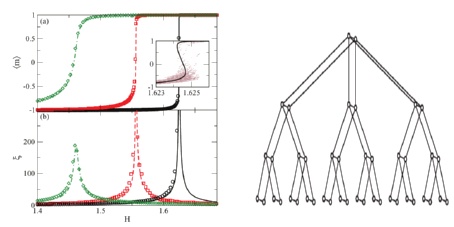
- Learn more: Phys. Rev. B (2008), J. Stat. Mech: Theroy and exper. (2008, 2009, 2012), Phys. Rev. E (2013), Phys. Rev. E (2013) II , see the publications list for more works on this topic.
Capillary condensation in porous media
Physical systems which consist of networks of pores, such as Vycor, Silica aerogels, porous rocks, soil, and others, have a wide spectrum of applications, ranging from molecular filters and catalysts to fuel storage. Capillary condensation is an important and peculiar physical phenomenon occurring in many such systems. We devise lattice gas models which allow the heterogeneity of porous media to be properly incorporated in the description condensation.
- Learn more: Phys. Rev. E (2013), Phys. Rev. E (2014)
Biochar reverse engineering using Machine Learning
Biochar are widely used materials for soil management. The central objective of this research is to determine how the physico-chemical properties of biochar are influenced by the processing parameters (i.e. the starting organic material and pyrolysis temperature). A Biochar Engineering web application was developed to determine suitable preparation strategies to obtain biochars with pre-set properties.
- Learn more: Bioresource Technology (2015)
- Press here to use our web app
Colloidal suspensions
Colloids play an important role in the transfer of nutrients and pollutants in the environment. We are combining mathematical models and experiments to understand the dynamics of colloidal suspensions in solid surfaces and porous media.
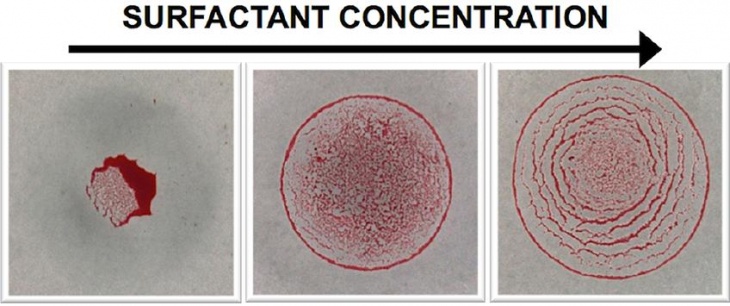
- Learn more: Langmuir (2013)
Funding and Grants
- Medical Research Council Fellowship (£117,883). Project title: Using data to improve public health: COVID-19 secondment. (2021 - 2022)
- Teaching
-
Teaching Responsibilities
PX3019: Mathematical and computational methods in physics

PX5009: Machine learning
[In previous years...]
PX1016: Understanding the Physical World

ST1506: Understanding data

PX2512: Cosmology, Astronomy and Modern Physics
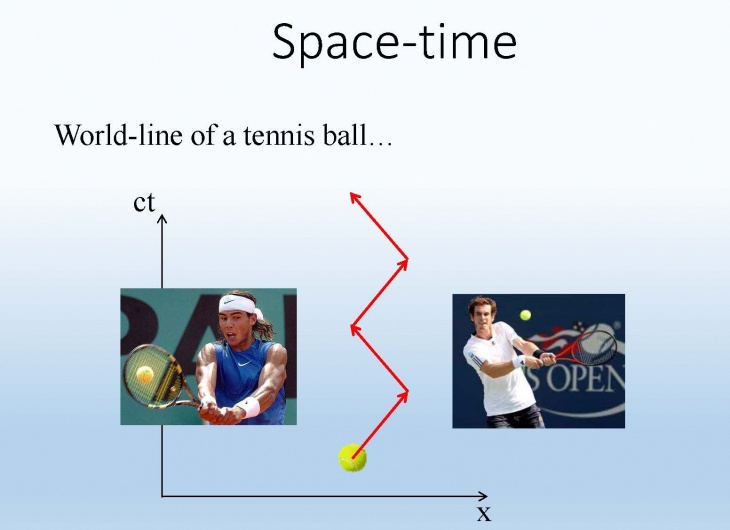
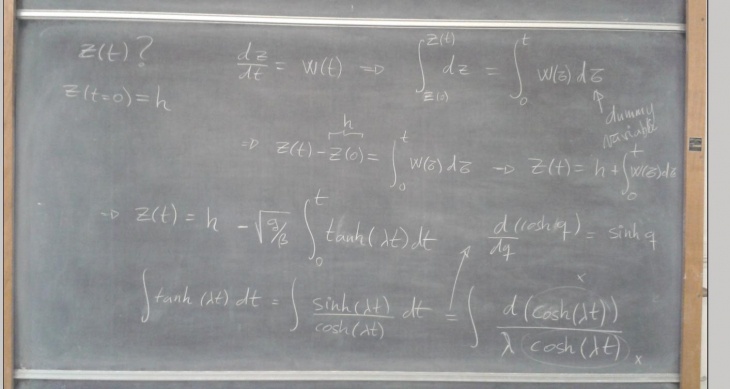
Non-course Teaching Responsibilities
Director of Undergraduate Pathways in Physics.
- Publications
-
Page 4 of 7 Results 31 to 40 of 65
Effects of local and global network connectivity on synergistic epidemics
Physical Review. E, Statistical, Nonlinear and Soft Matter Physics, vol. 92, no. 6, 062814Contributions to Journals: Articles- [ONLINE] DOI: https://doi.org/10.1103/PhysRevE.92.062814
Reverse engineering of biochar
Bioresource Technology, vol. 183, pp. 163-174Contributions to Journals: ArticlesEffect of disorder on condensation in the lattice gas model on a random graph
Physical Review. E, Statistical, Nonlinear and Soft Matter Physics, vol. 90, no. 1, 012144Contributions to Journals: Articles- [ONLINE] DOI: https://doi.org/10.1103/PhysRevE.90.012144
Effects of variable-state neighborhoods for spreading synergystic processes on lattices
Physical Review. E, Statistical, Nonlinear and Soft Matter Physics, vol. 88, no. 6, 062815Contributions to Journals: ArticlesZero-temperature random-field Ising model on a bilayered Bethe lattice
Physical Review. E, Statistical, Nonlinear and Soft Matter Physics, vol. 88, no. 2, 022117Contributions to Journals: ArticlesCapillary condensation in one-dimensional irregular confinement
Physical Review. E, Statistical, Nonlinear and Soft Matter Physics, vol. 88, no. 1, 012139Contributions to Journals: ArticlesMechanisms of evolution of avalanches in regular graphs
Physical Review. E, Statistical, Nonlinear and Soft Matter Physics, vol. 87, no. 6, 062122Contributions to Journals: Articles- [ONLINE] DOI: https://doi.org/10.1103/PhysRevE.87.062122
Surfactant-mediated control of colloid pattern assembly and attachment strength in evaporating droplets
Langmuir, vol. 29, no. 6, pp. 1831-1840Contributions to Journals: Articles- [ONLINE] DOI: https://doi.org/10.1021/la304685b
Prediction of invasion from the early stage of an epidemic
Journal of the Royal Society Interface, vol. 9, no. 74, pp. 2085-2096Contributions to Journals: Articles- [ONLINE] DOI: https://doi.org/10.1098/rsif.2012.0130
Prominent Effect of Soil Network Heterogeneity on Microbial Invasion
Physical Review Letters, vol. 109, no. 9, 098102Contributions to Journals: Articles- [ONLINE] DOI: https://doi.org/10.1103/PhysRevLett.109.098102

